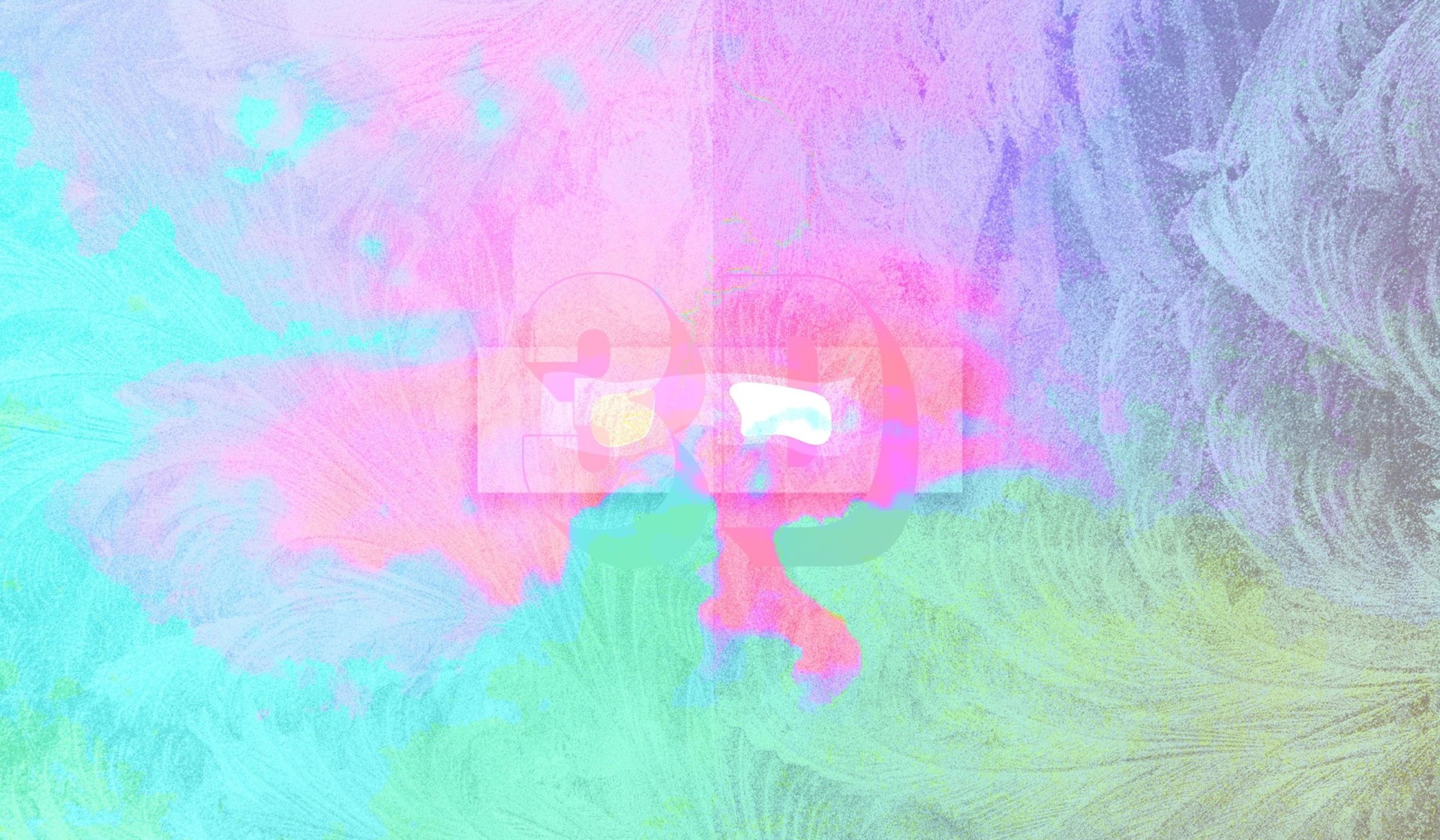What do you think of when you hear the words “3D animation?” Movies, video games, and virtual reality? Those all often incorporate 3D animation, but all 3D animation isn’t the same. There are different types—or categories—of 3D animation, each with increasing degrees of immersion, interactivity, and complexity. We’ll refer to these types of 3D animation as passive, interactive, and immersive, though the boundaries between each can be blurred.
Since 3D animation has become more and more common in corporate training and sales, we want to share some of our insights into what 3D animation actually looks like, so you can determine which type might work best for your project.
Passive 3D animation
A classic example of 3D animation in video is Pixar’s Toy Story.
As a viewer, you passively watch 3D toys move around in a 3D world. There’s nothing interactive about this type of animation; the experience is purely visual. While it’s still a significant amount of work to produce a quality 3D video, this is the least complicated type of 3D animation to create.
In the professional world, 3D animated videos are incredibly popular. This is largely due to their effectiveness in building excitement around products, their accessibility to audiences, and lower production costs.
As an example, a medical device manufacturer produced a series of motivational and educational motion graphics videos to assist sales reps in communicating the value of their technologically-advanced support surface product lines. Using 3D animation and modeling, the medical device manufacturer showcases the differentiators for the support surface products and quickly conveys their value in front of clients. The videos are short and incorporate compelling onscreen motion graphics that assist sales reps in communicating product benefits in ways most conducive to their selling environments.
Interactive 3D animation: Video games and augmented reality
If you’ve played any modern video games, or tried out augmented reality (AR) either on your smartphone or using AR glasses, then you experienced interactive 3D animation. Interactive 3D allows users to take a first- or third-person perspective and move around or manipulate objects in a 3D space while actively deciding which actions to take in real time. In the case of AR, the 3D space with which users interact is the real world and the objects are virtual. Due to the interactivity between the user, characters, and the environment, interactive 3D is more work to create than 3D video, but it can also have more reward.
Even video games—or game-like interactions—have a place in the professional world. As an example, we can look to biopharmaceutical company CSL Plasma, who uses an interactive 3D simulation to train their staff on the specifics of blood draw procedures. The training, which was designed as an eLearning course optimized for iPad, includes an interactive 3D component where learners need to identify the correct vein, properly conduct sanitization swabbing procedures, and insert the needle at the correct angle. This all needs to be completed correctly before users are allowed to practice on dummies, then later on human volunteers.
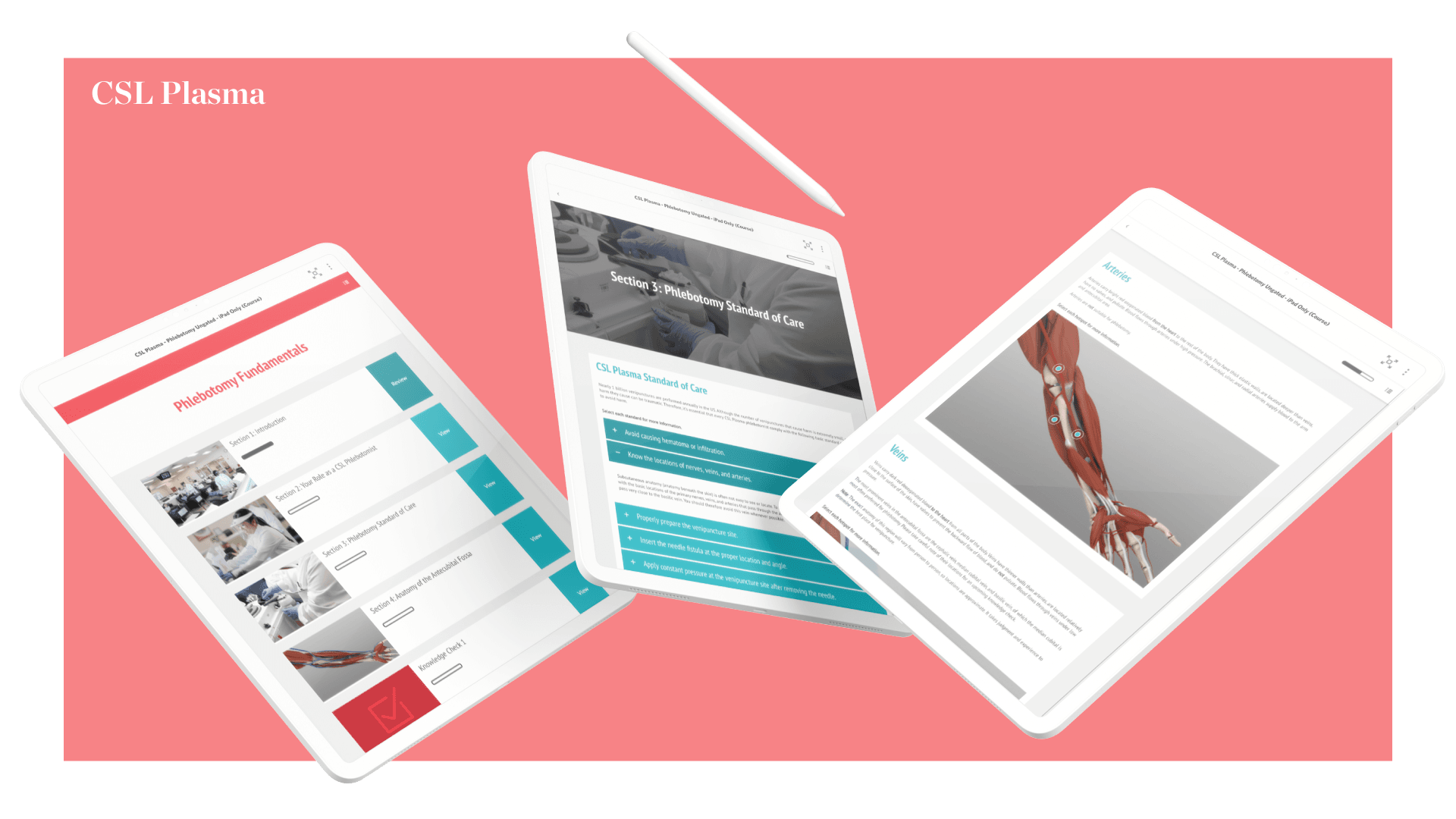
Immersive 3D: Virtual reality and mixed reality
Growing in popularity as technology advances to become more affordable and accessible, virtual reality (VR) and mixed reality (MR) take users on journeys through immersive experiences as realistic or dream-like as you want. The 3D animation used to create these experiences allows users to perceive as if they’re experiencing everything that’s happening to them in VR and MR. This type of 3D animation requires an input/output device—typically a headset, and often VR-enabled gloves or controllers too—that allows users to interact within the virtual space, in the case of VR, or with virtual characters and objects that appear in the real world, in the case of MR. Microsoft’s HoloLens and the Oculus Quest are examples of such input/output devices currently on the market. Being fully immersive, with an unlimited number of possible interactions, this type of 3D experience is the most complicated to create, but it’s also the most impressive.
Though complex and often costly to develop, VR and MR are opening up entirely new worlds for sales and training teams and are achieving a great return on investment for organizations.
Think of training surgeons for the operating room; they can hone their skills or learn how to operate new tools from their office, practicing on virtual patients. in lifelike, consequence-free environments.
This might seem like science fiction, but these types of VR training experiences are already being used by organizations in nearly every industry. Take a look at the experience Wright Medical implemented to allow surgeons to get their hands on the SIMPLICITI™ implant without entering an operating room.
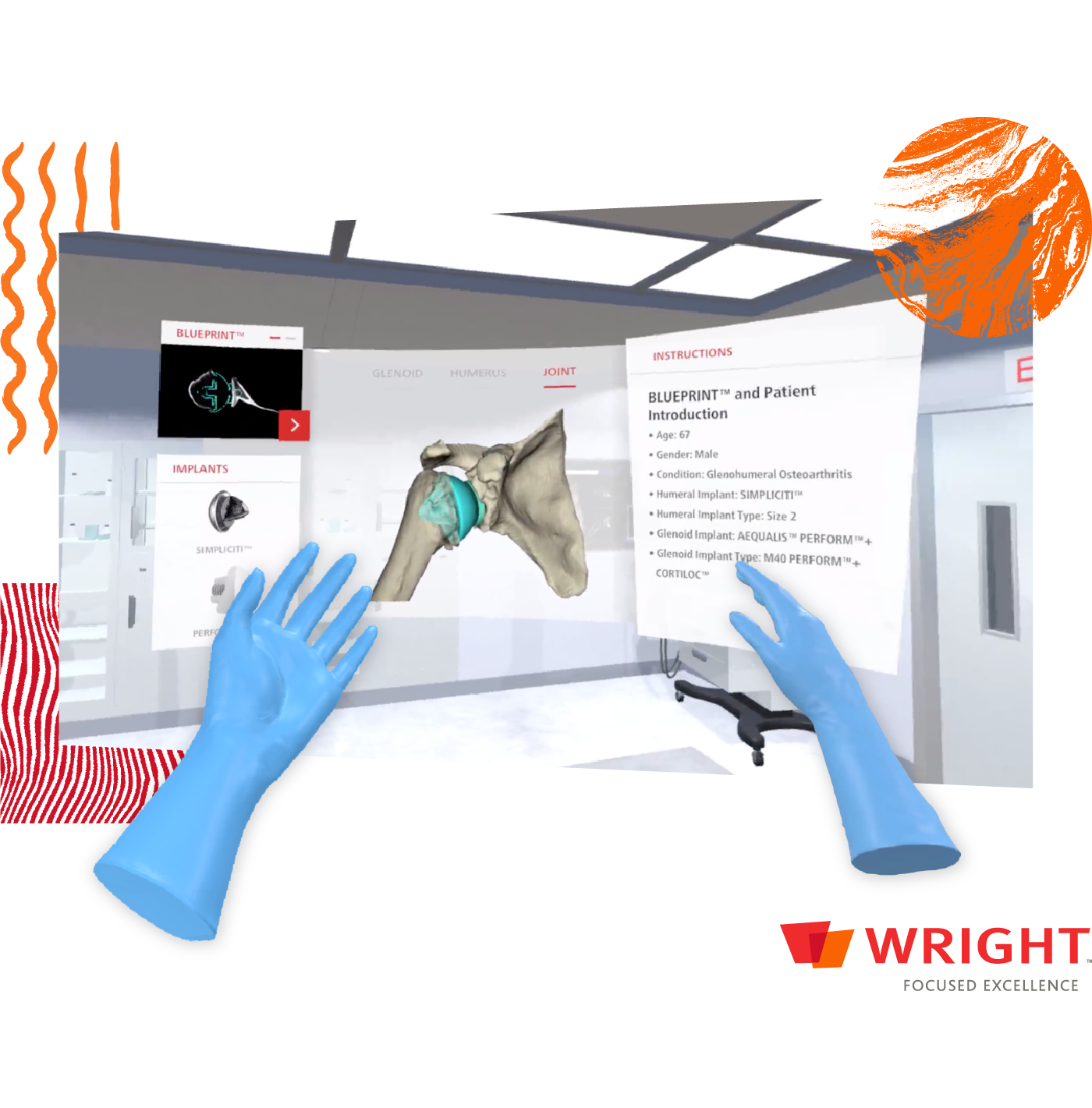
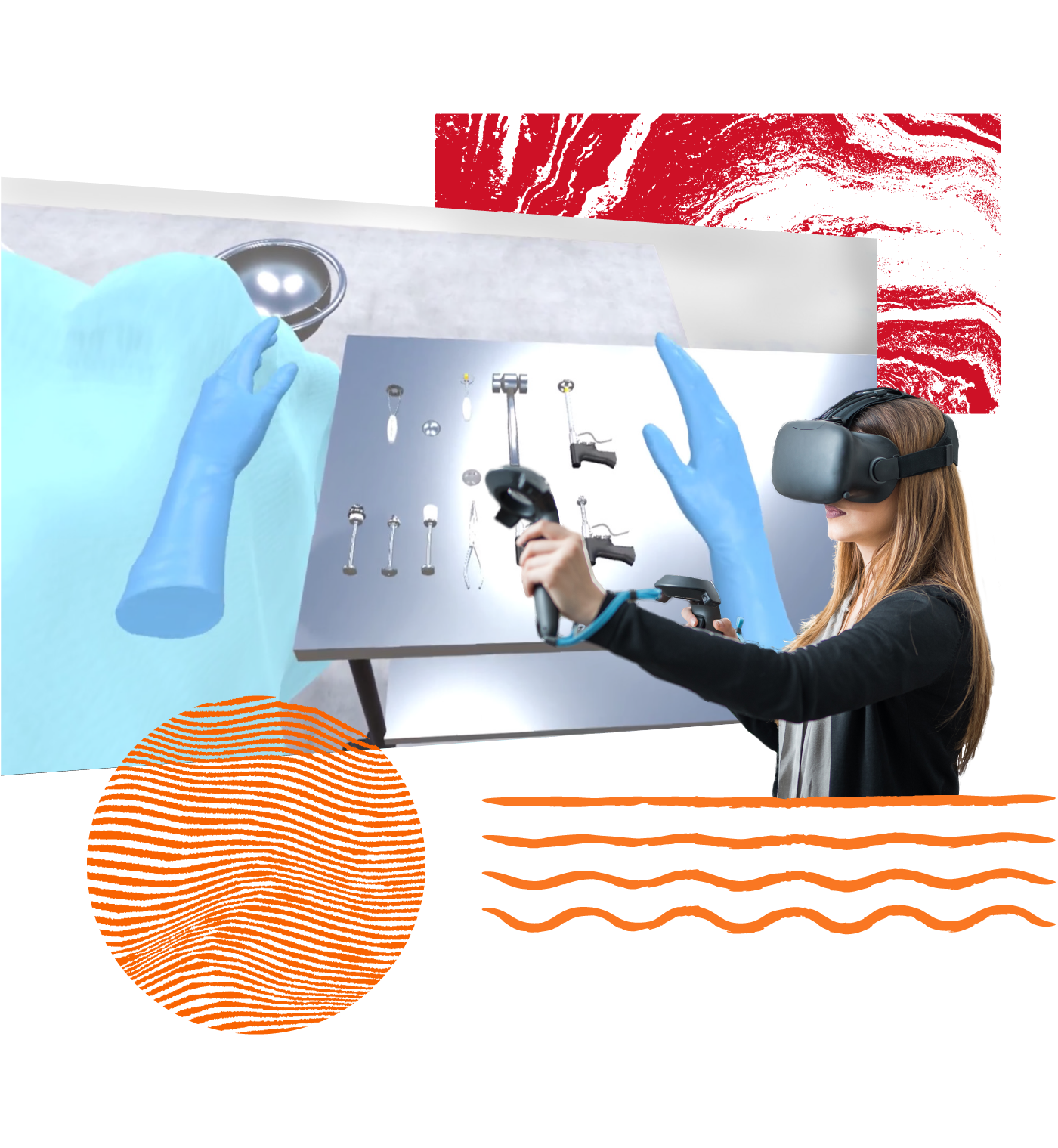
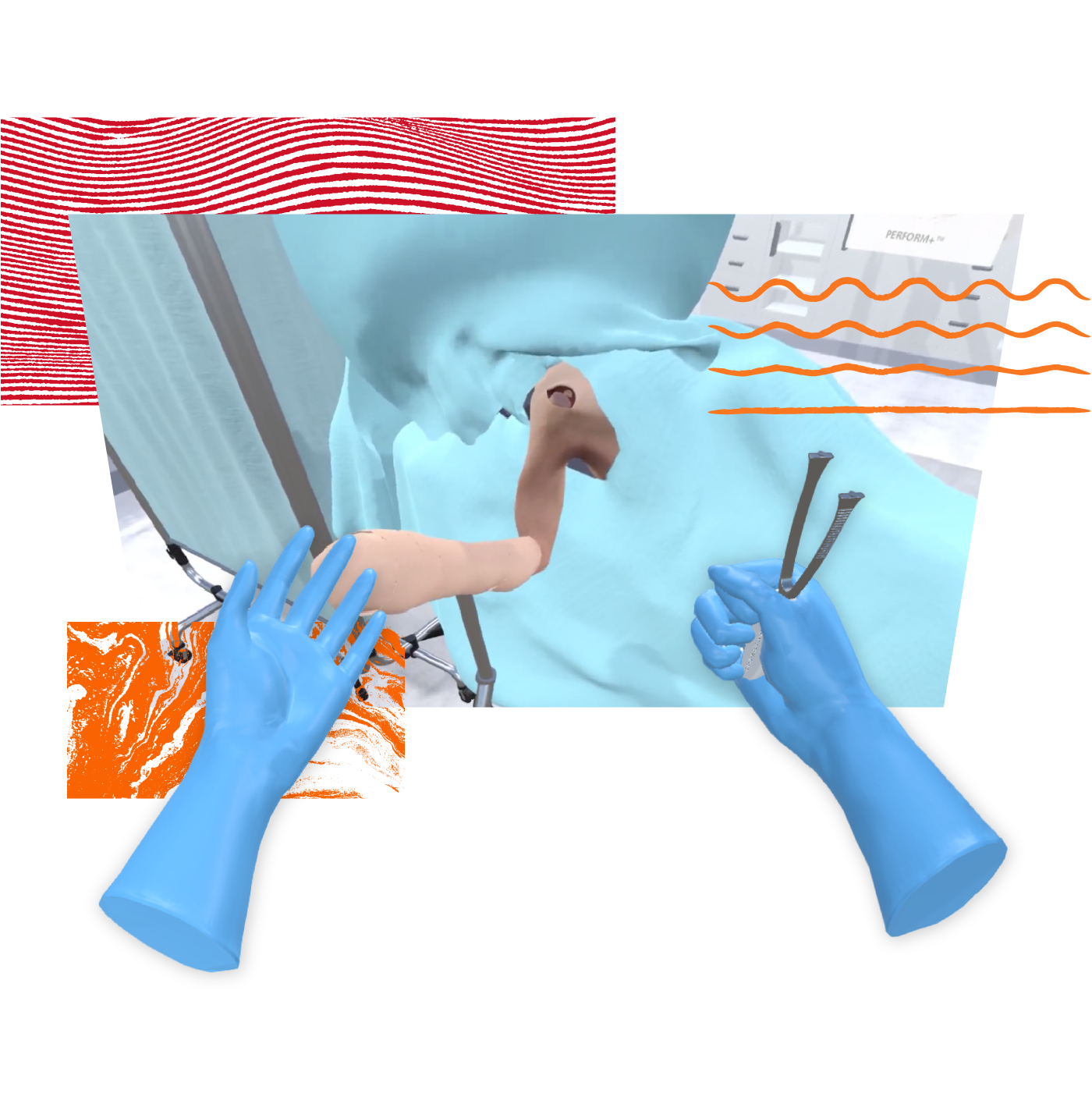 Which type of 3D animation is best for you?
Which type of 3D animation is best for you?
Though all types of 3D animation share some similarities, each is distinctly different in terms of complexity, interactivity, and immersiveness.
- Passive 3D animation, such as in video, allows users observe 3D characters and objects interacting in 3D environments. It’s the least complex to both create and to use, and though neither interactive nor immersive, it’s the most accessible for audiences and the least costly to produce.
- Interactive 3D animation, such as in video games and AR, allows users take a first- or third-person perspective and manipulate objects within a 3D environment.Interactive 3D is more complex than passive 3D, so it’s more costly to implement, but it can be highly effective when applied to certain types of training.
- Immersive 3D animation, such as VR and MR, is the most complex form of 3D animation. VR users enter a completely virtual world where they interact with characters, objects, and the environment. VR and MR experiences are more costly than the other two forms of 3D animation, but they’re powerful tools that have unlimited real-world applications.
Now that you’re familiar with the three main types of 3D animation and have seen examples of what you can do with each, you have a better idea of how you might incorporate one or more of these technologies into your marketing, sales, or training plans. Your imagination is the limit when it comes to 3D animation.

